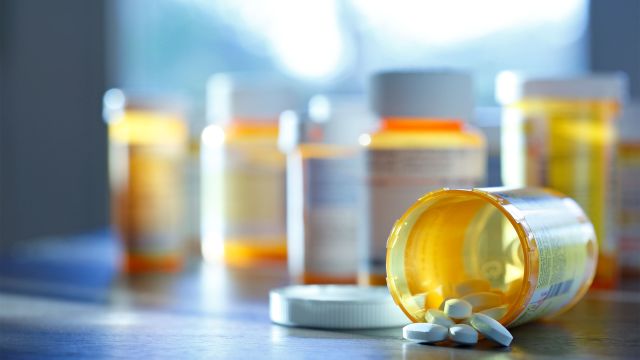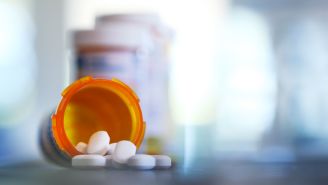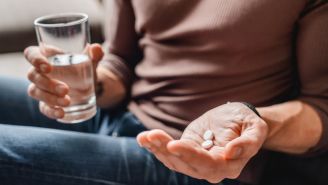Updated on September 10, 2024.
For the fourteenth year in a row, law enforcement agencies are teaming up with the United States Drug Enforcement Administration (DEA) for National Prescription Drug Take Back Day. On Saturday, October 26, around 5,000 locations across the country will be accepting prescription drugs for disposal. Collection sites will be open from 10 a.m. local time.
Nationwide, 670,136 pounds—more than 335 tons—of expired, unused, or unwanted prescription drugs were gathered during the last collection, held in April 2024. Since the first collection in 2010, the DEA has collected 18,570,4587 pounds—9,285 tons—of prescription drugs.
Why prescriptions should be specially discarded
A 2020 government survey found that roughly 16.1 million Americans aged 12 and over had misused prescription psychotherapeutic drugs within the previous 12 months. About 9.3 million had misused opioids. Often, pills are obtained from family members and friends, coming from home medicine cabinets.
Disposing of drugs at events like the National Prescription Drug Take Back Day is a good way to keep prescription opioids and other medications out of the wrong hands and to help prevent drug addiction, overdose, and accidental poisoning. Disposal is always free of charge and anonymous.
How to find a disposal location
You can visit the DEA’s website to find a drop-off location near you, learn more about this year's event, and get information about treatment for substance abuse. Google also has its own locator tool to make finding your nearest collection site simple.
If you can't participate in this year's take back, there are other ways to safely remove medications from your home.
- Hand off unwanted medication at a DEA-authorized controlled substance public disposal location. Authorized collection sites may include pharmacies, hospitals, and law enforcement buildings.
- In a sealed bag, mix pills with dirt, used coffee grounds, or kitty litter. Toss out with your household trash.
- Certain medications can be flushed down the toilet, but it’s best to check the U.S. Food and Drug Administration’s list of approved medications before heading to the bathroom.
There’s never a bad time to get rid of unwanted medication. National Prescription Drug Take Back Day occurs twice a year, usually in April and October.







